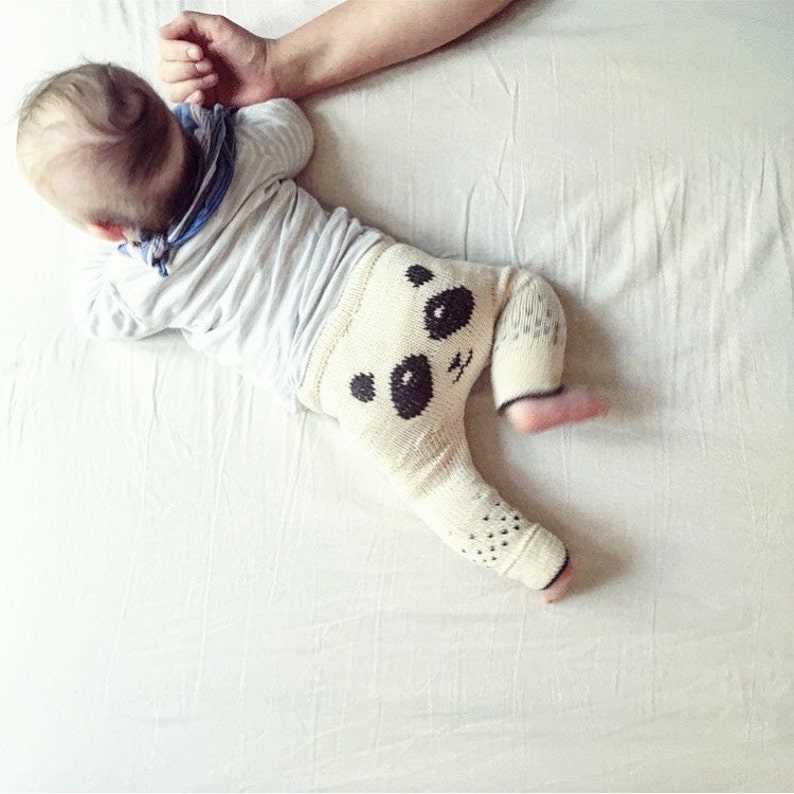
If you’re tired of wearing the same old pants every day, why not spice up your wardrobe with a pair of knitted pants? Knitting your own pants allows you to customize the fit, style, and color to suit your individual taste. Plus, they’re super cozy and comfortable!
In this article, we’ll share a simple knitted pants pattern that’s perfect for beginners. We’ll cover everything from selecting the right yarn and needles, to measuring your body for a custom fit, and step-by-step instructions for knitting the pants.
Whether you’re a seasoned knitter looking for a new project or a beginner eager to try something new, this knitted pants pattern is sure to become a staple in your wardrobe. So grab your knitting needles and let’s get started!
Benefits of knitting your own pants
Knitting your own pants can offer a range of benefits, from customization to quality and sustainability. With the right pattern and materials, you can create pants that fit your body perfectly, ensuring comfort and a flattering silhouette.
Customization: When you knit your own pants, you have the freedom to choose the yarn color and texture, stitch patterns, and overall design according to your personal preferences. You can experiment with different styles and customize the fit to match your body shape and size.
Quality: Knitting your own pants allows you to control the quality of materials and craftsmanship. You can select high-quality yarn that is durable and soft, ensuring that your pants will last for a long time. Additionally, since you are the one creating the pants, you can pay attention to details and ensure every stitch is made with care.
Sustainability: By knitting your own pants, you can contribute to a more sustainable fashion industry. Instead of buying mass-produced pants that may contribute to environmental issues and unethical labor practices, you can choose eco-friendly yarn and create garments with minimal waste. Additionally, knitting allows you to repurpose unused yarn and reduce textile waste.
Knitting your own pants can also be a creative and fulfilling hobby. It provides a sense of accomplishment and allows you to express your individual style. Whether you are an experienced knitter or a beginner, there are plenty of patterns available for pants that cater to different skill levels. So why not give it a try and knit your own pants?
Choosing the right yarn for knitted pants
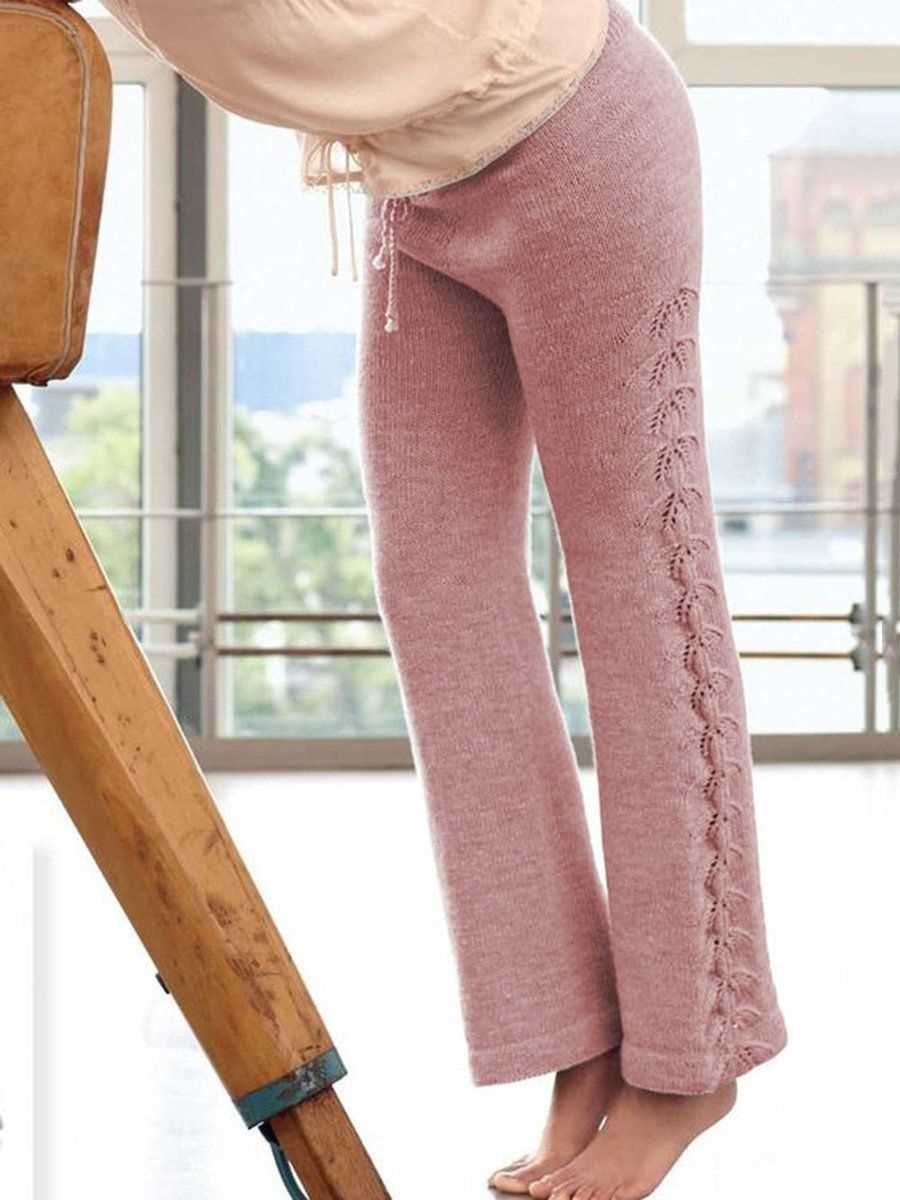
When it comes to knitting pants, choosing the right yarn is essential to ensure both comfort and durability. The yarn you select will determine the overall feel and look of the finished product, so it’s important to consider several factors before making a decision.
1. Fiber content: The first thing to consider is the fiber content of the yarn. Natural fibers such as cotton, wool, and bamboo are popular choices for knitted pants as they offer breathability, moisture-wicking properties, and a soft touch against the skin. Synthetic fibers like acrylic and nylon can also be considered, especially if you’re looking for easy-care options that are machine washable.
2. Weight: The weight of the yarn will determine the thickness and warmth of the pants. For lightweight and breathable pants, consider using a fingering or sport weight yarn. If you’re aiming for a heavier and warmer pair of pants, opt for a chunky or bulky weight yarn. Keep in mind that the weight of the yarn will also affect the drape and fit of the pants, so choose accordingly based on your desired outcome.
3. Color and texture: Knitted pants offer an opportunity to play with different colors and textures. Consider the color palette you want to work with and choose a yarn that complements your style. Additionally, explore different textured yarns such as boucle or tweed for added visual interest. Keep in mind that textured yarns may affect the stitch definition of the pants and require a simple stitch pattern to showcase their unique texture.
4. Durability: Since pants are subjected to regular wear and tear, it’s important to choose a yarn that is durable and resistant to pilling. Look for yarns with high twist or synthetic blends that offer strength and longevity. Additionally, consider the maintenance requirements of the yarn, especially if the pants will be worn frequently. Opt for yarns that are machine washable and have good colorfastness to ensure your knitted pants stay looking their best.
In conclusion, selecting the right yarn for knitted pants involves considering factors such as fiber content, weight, color and texture, and durability. By carefully evaluating these aspects, you can ensure that the yarn you choose will create comfortable, stylish, and long-lasting knitted pants.
Getting started with the Knitted Pants Pattern
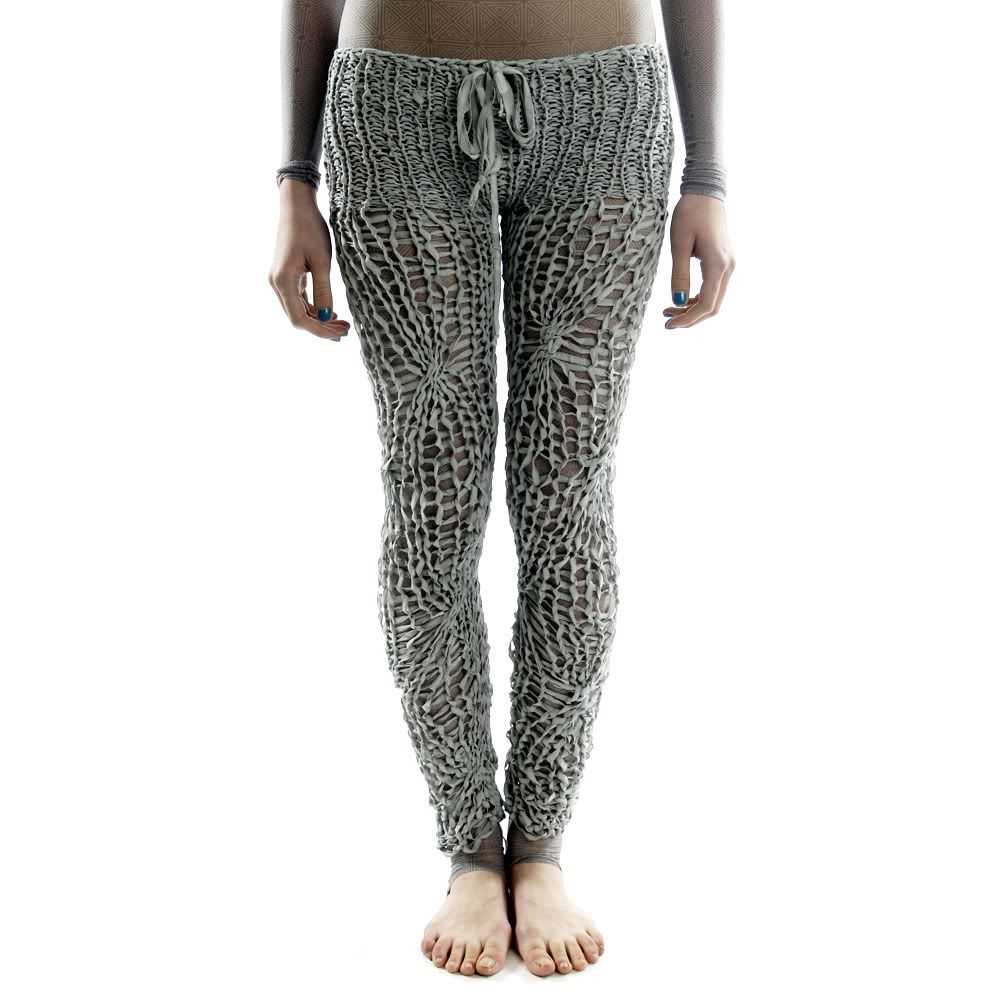
Knitted pants are a trendy and comfortable addition to any wardrobe, and with the right pattern, you can easily create your own customized pair. Whether you’re a beginner or an experienced knitter, this pattern provides detailed instructions to help you get started.
Supplies:
- Knitting needles in the appropriate size (as indicated in the pattern)
- Yarn in your desired color and weight
- Tape measure to ensure proper sizing
- Stitch markers to keep track of your progress
- Yarn needle for sewing in loose ends
Step 1: Gauge swatch
Before beginning your project, it’s important to create a gauge swatch to ensure the finished pants will fit properly. Follow the instructions in the pattern to determine the recommended gauge. With your chosen yarn and needles, cast on the required number of stitches and work the specified number of rows in the recommended stitch pattern. Measure the gauge swatch to confirm it matches the pattern’s instructions. If necessary, adjust your needle size and repeat until you achieve the correct gauge.
Step 2: Casting on
Once you have determined the correct gauge, it’s time to cast on the required number of stitches as stated in the pattern. Make sure to cast on using a method that provides enough stretch for a comfortable fit around the waist. You can choose to use a long-tail cast-on or any other preferred method. Alternatively, you may also consider using a provisional cast-on if the pattern requires it.
Step 3: Working the pattern
Follow the pattern’s instructions to work the stitch pattern, shaping, and any additional details such as pockets or ribbing. It’s important to carefully read through the pattern, familiarize yourself with any special abbreviations or techniques used, and take note of any stitch or row counts provided. Utilize stitch markers to help keep track of your progress and ensure accuracy.
Step 4: Finishing and seaming
Once you have completed the main body of the pants, it’s time to finish off any remaining details such as waistband or cuffs. Follow the pattern’s instructions to complete these finishing touches. Finally, use a yarn needle to carefully sew in any loose ends, ensuring a neat and tidy finish.
By following the steps outlined in the pattern and paying attention to detail, you’ll be able to create a stylish pair of knitted pants that fit perfectly and showcase your knitting skills.
Tips for knitting the perfect fit
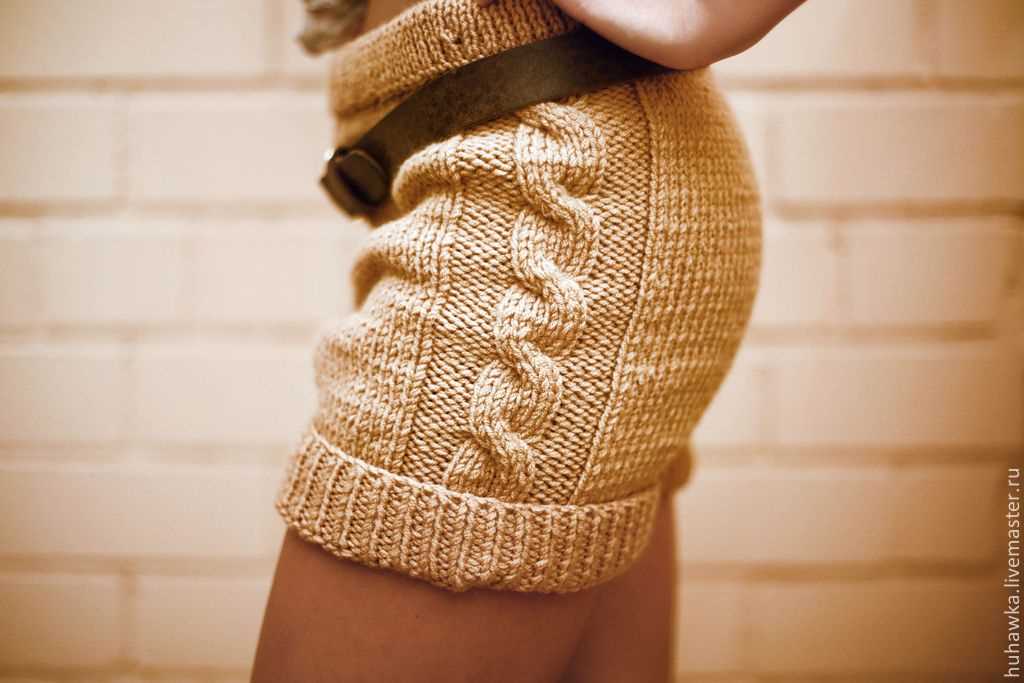
When it comes to knitting pants, achieving the perfect fit is essential for both comfort and style. Here are some tips to help you create a pair of knitted pants that will fit you perfectly.
1. Accurate measurements

Before you start knitting, it’s important to take accurate measurements of your body. Pay attention to your waist, hips, inseam, and rise. These measurements will serve as your guide throughout the knitting process and ensure that the pants fit you well.
2. Gauge swatch
A gauge swatch is a small sample of knitting that allows you to determine the number of stitches and rows per inch. Always make a gauge swatch before starting your project to ensure that you are knitting to the correct gauge. This will help you to achieve the desired fit and size.
3. Choose the right yarn
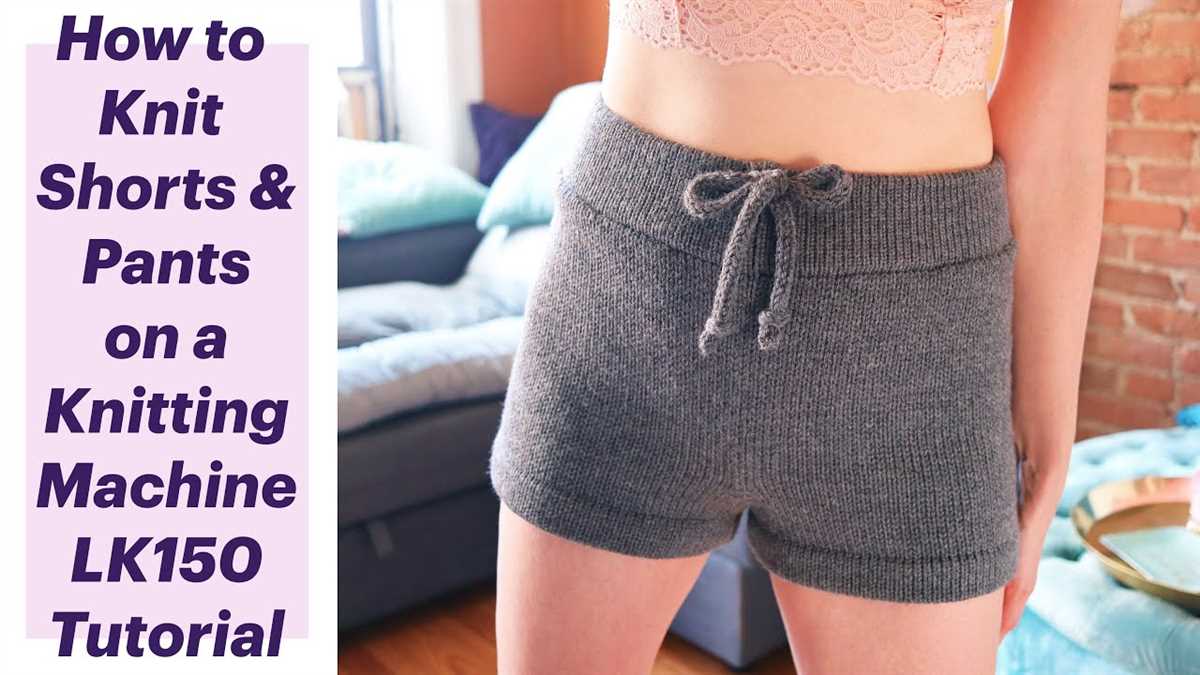
The type of yarn you choose can greatly influence the fit of your knitted pants. Opt for a yarn with good drape and elasticity to ensure that the pants will stretch and conform to your body shape. Additionally, consider the fiber content of the yarn, as natural fibers such as wool or cotton can provide better breathability and comfort.
4. Shaping techniques
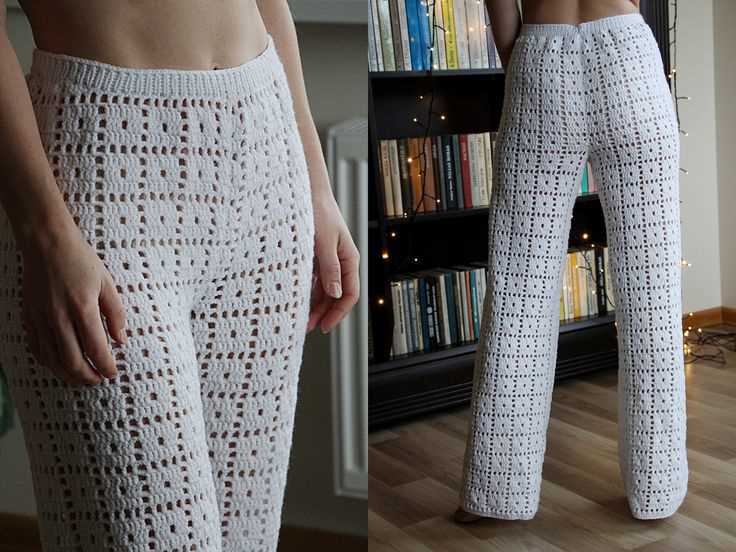
Using shaping techniques such as increases and decreases can help you achieve a better fit. Pay attention to the pattern instructions and incorporate shaping where necessary, such as at the waist or hips. These techniques will help contour the pants to your body shape and create a flattering fit.
5. Try as you go
As you knit, it is a good idea to try on the pants periodically to ensure that they are fitting as desired. This will allow you to make any necessary adjustments in real-time and avoid any surprises at the end. Taking the time to try on the pants as you knit will help you achieve the perfect fit.
By following these tips and taking the time to ensure proper measurements and fit, you can create a pair of knitted pants that not only look stylish but also feel comfortable to wear. Remember to trust your instincts and make any necessary adjustments along the way to achieve the perfect fit for you.
Adding Decorative Elements to Your Pants
Knitted pants are not only comfortable, but they also provide a perfect canvas for adding decorative elements. Whether you want to personalize your pants or give them a unique touch, there are various techniques and designs you can incorporate into your project.
Embroidery: One way to add decorative elements to your knitted pants is through embroidery. You can use colorful threads to create intricate patterns or add simple embellishments like flowers, stars, or geometric shapes. Embroidery adds texture and visual interest to your pants, making them stand out.
Appliqué: Another way to enhance the look of your knitted pants is by incorporating appliqué designs. You can cut out shapes, such as animals, flowers, or letters, from different fabrics and attach them to your pants using embroidery or sewing techniques. This allows you to create unique and eye-catching designs.
Lace or Crochet Trims: Adding lace or crochet trims to the edges of your knitted pants can give them a delicate and feminine touch. You can either knit the trims separately and sew them on, or you can directly incorporate the lace or crochet patterns into your pants as you knit. This technique adds a touch of elegance to your pants.
Beads or Sequins: For a glamorous and sparkly look, consider adding beads or sequins to your knitted pants. You can sew them on by hand or incorporate them into your knitting using beading techniques. Beads and sequins can be arranged in patterns or scattered randomly for a dazzling effect.
Colorwork: Colorwork is another way to add visual interest to your knitted pants. You can experiment with different color combinations and create patterns using stranded knitting or intarsia techniques. Colorwork allows you to showcase your creativity and create unique designs that reflect your personal style.
Summary: Whether you prefer embroidery, appliqué, lace trims, beads, sequins, or colorwork, adding decorative elements to your knitted pants can transform them into unique and personalized garments. These techniques not only enhance the visual appeal of your pants but also allow you to showcase your creativity and individuality. So, go ahead and experiment with different decorative elements to make your knitted pants truly one-of-a-kind.
Different stitch patterns to try
When it comes to knitting, stitch patterns can add both texture and visual interest to your projects. Whether you’re a beginner or an experienced knitter, trying out different stitch patterns can be a fun way to expand your skills and create unique and beautiful pieces. Here are a few stitch patterns you can try:
1. Stockinette stitch
The stockinette stitch is one of the most basic and commonly used stitch patterns in knitting. It creates a smooth and flat fabric with one side showing flat Vs and the other side showing horizontal rows. It’s perfect for showcasing color changes or creating simple, clean designs.
2. Seed stitch
The seed stitch is a textured stitch pattern that alternates knits and purls within each row. It creates a bumpy and dense fabric that is reversible, making it a great choice for scarves or blankets. The seed stitch adds a nice touch of texture and can be used as an edge or all over the piece.
3. Cable stitch
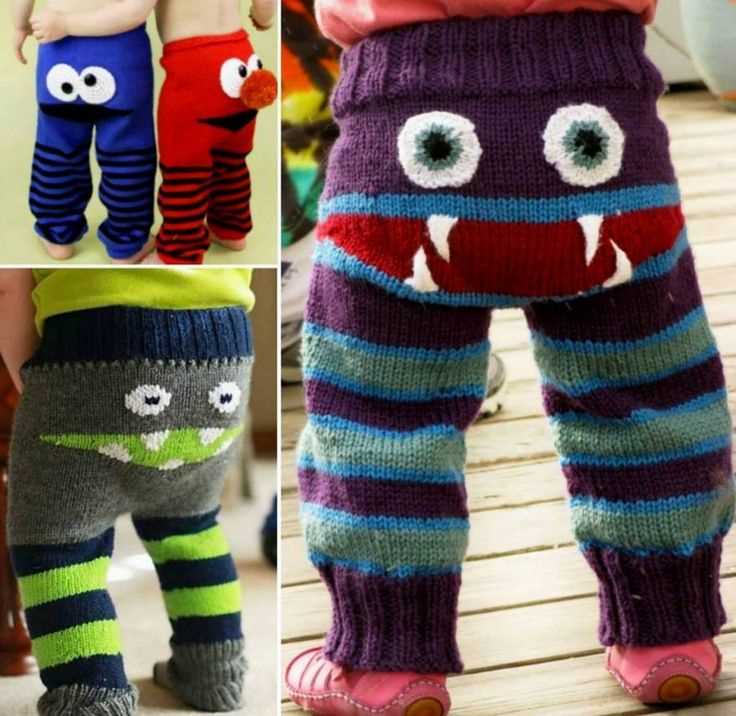
The cable stitch is a popular stitch pattern that creates twisted, intertwined cable-like designs. It involves knitting stitches out of order and crossing them over each other to create the desired cable effect. Cable patterns can vary in complexity, from simple one-cross cables to more intricate designs with multiple crossings.
4. Lace stitch
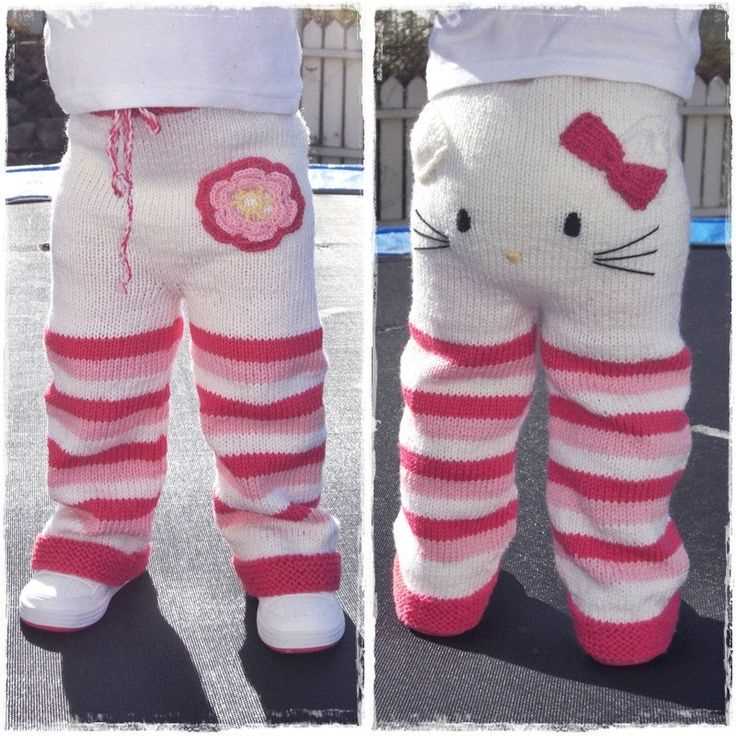
Lace stitch patterns create delicate and openwork designs that look intricate and elegant. They involve yarn overs and decreases to create holes and eyelets. Lace patterns can range from simple and repetitive to complex and intricate, making them perfect for creating lightweight and airy garments, such as shawls or cardigans.
These are just a few examples of stitch patterns you can try in your knitting projects. Experiment with different combinations, yarn weights, and needle sizes to create unique effects and designs. Have fun exploring different stitch patterns and let your creativity soar!
Troubleshooting common issues
Knitting pants can be a fun and rewarding project, but sometimes you may run into some common issues. Here are some troubleshooting tips to help you overcome these challenges:
1. Uneven stitches
If you notice that your stitches are uneven, it could be due to uneven tension. Make sure to maintain a consistent tension throughout your work. You can practice achieving an even tension by knitting a swatch before starting your pants.
2. Twisted stitches

Twisted stitches can occur when you knit or purl through the back loop instead of the front loop. To fix this issue, pay close attention to how you insert your needle and make sure it goes through the correct loop. If you notice any twisted stitches, you can undo them by carefully unraveling the stitch and re-knitting it.
3. Holes or gaps in your work
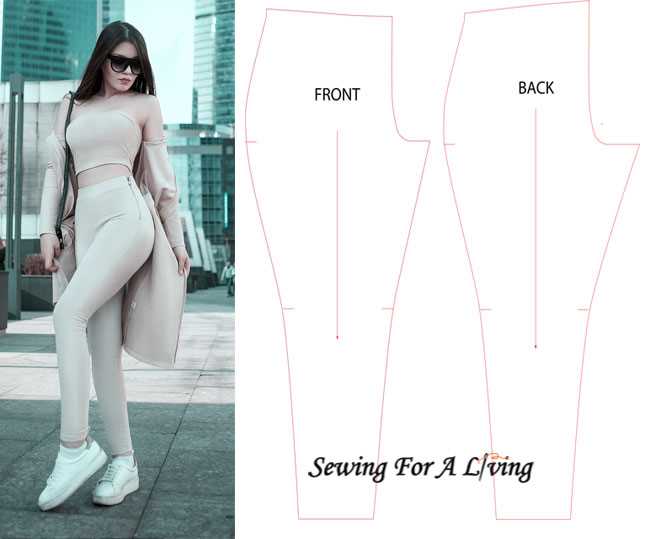
If you find holes or gaps in your knitted pants, it may be due to dropped stitches. Double-check that you haven’t accidentally dropped any stitches and if you have, use a crochet hook or knitting needle to pick up the dropped stitch and secure it back onto your needles.
4. Wrong stitch count
If you realize that your stitch count is incorrect, take a moment to carefully count your stitches and compare it to the pattern instructions. Sometimes, missing or adding a stitch can lead to a wrong stitch count. If you find any mistakes, you can either unravel your work and fix them or adjust your pattern accordingly.
5. Uneven shaping
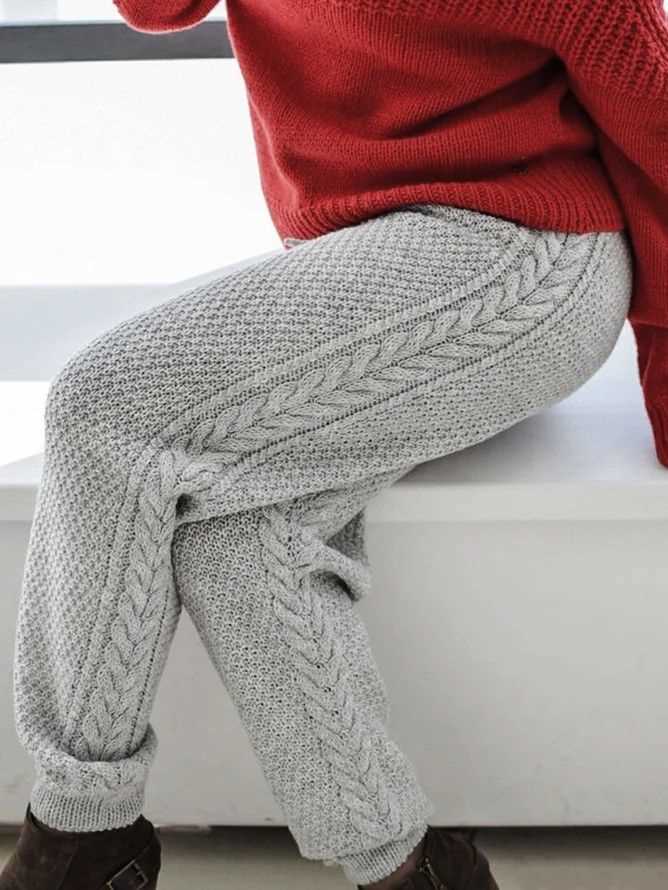
If your pants have shaping, such as increases or decreases, but they’re turning out uneven, it’s possible that you’re not following the pattern instructions correctly. Double-check the pattern and make sure you’re executing the shaping steps accurately. It may also help to use stitch markers to clearly mark the areas where shaping should occur.
By keeping these troubleshooting tips in mind, you’ll be better equipped to handle common issues that may arise while knitting pants. Remember, practice makes perfect, so don’t get discouraged if you encounter some challenges along the way. Happy knitting!
The Finishing Touches and Blocking of Knitted Pants

After completing the knitting process for your pants, it’s time to add the finishing touches to make them look polished and ready to wear. One important step is to weave in any loose ends of yarn from where you changed colors or joined new balls of yarn. This can be done using a yarn needle, carefully threading the loose end through the stitches on the wrong side of the fabric.
The next step is to block your knitted pants. Blocking is the process of shaping and setting the garment to its desired dimensions. For pants, this is particularly important as it ensures that they maintain the correct fit and drape when worn. To block your pants, you will need a clean surface and some water. Lay the pants flat on the surface, gently stretching them to the desired dimensions.
If your pants are made of natural fibers like wool or cotton, you can wet block them. Fill a basin with lukewarm water and add a small amount of mild soap. Gently submerge the pants in the water, making sure they are fully saturated. Leave them to soak for about 15 minutes, then carefully remove them from the water, squeezing out any excess moisture.
To dry the pants, roll them in a towel to absorb more moisture. Next, lay a clean, dry towel on a flat surface and place the pants on top. Gently shape them to the desired dimensions, making sure the waistband and leg openings are straight. Allow the pants to air dry completely, which may take a day or two depending on the thickness of the fabric.
If your pants are made of synthetic fibers or a blend, they can be steam blocked. Fill a steam iron with water and set it to a low heat setting. Hold the steam iron several inches away from the pants, directing the steam towards the fabric. Gently reshape the pants while steaming, stretching them to the desired dimensions. Be careful not to touch the fabric with the steam iron directly, as this can cause damage.
Once your pants are dry or steamed, give them a final inspection and make any necessary adjustments. Take a moment to admire your handiwork, as you have now completed the finishing touches and blocking process for your knitted pants. They are now ready to be worn and enjoyed!
Care Instructions for Knitted Pants

Knitted pants are a comfortable and stylish addition to any wardrobe, but it’s important to care for them properly to ensure they stay in great condition. Here are some care instructions to follow:
Washing
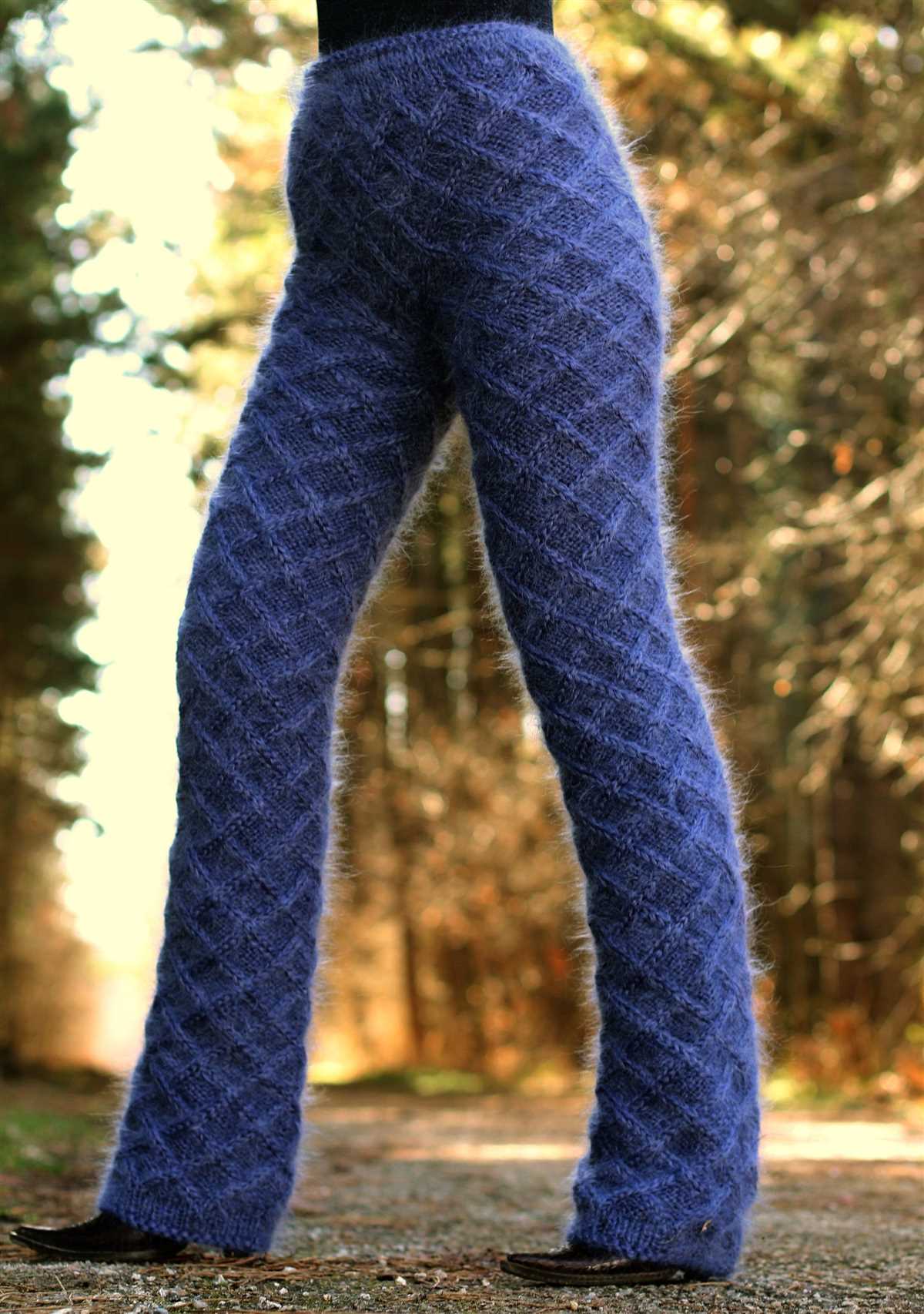
1. Check the care label: Before washing your knitted pants, always check the care label for any specific instructions. Some knitted fabrics may require special care.
2. Hand wash or machine wash: Depending on the fabric, you can either hand wash or machine wash your knitted pants. If machine washing, use a gentle cycle with cold water to prevent any damage to the fabric.
3. Use a mild detergent: When washing your knitted pants, use a mild detergent specifically designed for delicate fabrics. Avoid using bleach or harsh chemicals as they can weaken the fibers.
4. Turn inside out: To protect the outer surface of your knitted pants, turn them inside out before washing. This will help minimize pilling and keep the color vibrant.
Drying

1. Air dry: It is best to air dry your knitted pants to maintain their shape and prevent shrinkage. Lay them flat on a clean towel or drying rack, away from direct sunlight or heat sources.
2. Avoid wringing or twisting: When removing excess moisture from your knitted pants, avoid wringing or twisting them. Instead, gently squeeze out the water or roll them in a towel to absorb the excess moisture.
3. Reshape while damp: If your knitted pants lose their shape during washing, gently reshape them while they are still damp. This will help them retain their original fit and avoid any stretching.
4. Ironing: In most cases, knitted pants do not require ironing. If needed, use a low heat setting and place a cloth between the iron and the pants to protect the fabric.
By following these care instructions, you can extend the lifespan of your knitted pants and enjoy them for years to come.
Inspiration for Your Next Knitted Pants Project
Knitting your own pants can be a fun and rewarding project that allows you to create customized pieces that fit perfectly. If you’re looking for inspiration for your next knitted pants project, there are many sources to explore. Whether you’re seeking new patterns, style ideas, or color combinations, these resources can help spark your creativity and guide you to your next knitting adventure.
1. Knitting Magazines and Books
One of the best places to find knitting inspiration is in knitting magazines and books. These publications often feature patterns for various types of garments, including pants. You can browse through the different designs, color combinations, and techniques to find inspiration for your own knitted pants. Some magazines even include step-by-step instructions, making it easier for beginners or those new to knitting pants.
2. Online Knitting Communities
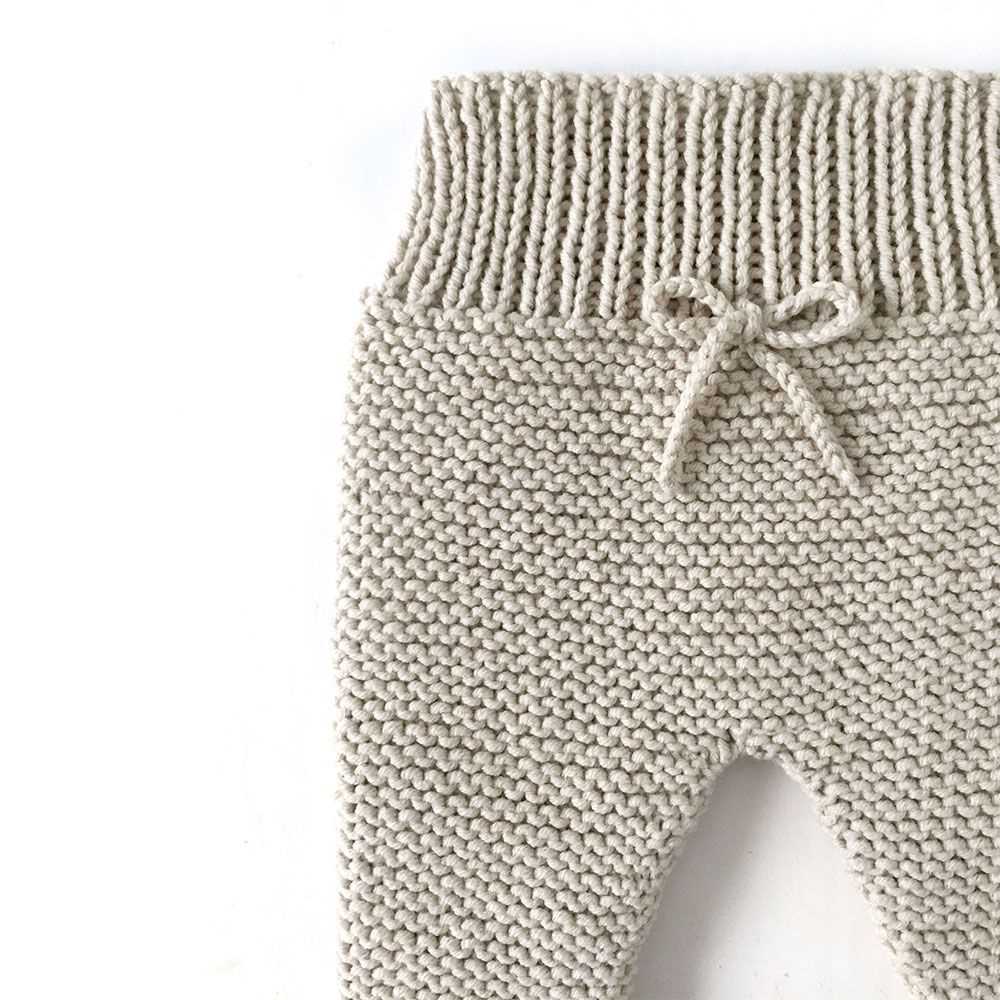
Joining online knitting communities can provide a wealth of inspiration for your next knitted pants project. These communities often feature forums where knitters share their creations, discuss patterns, and offer helpful tips and advice. You can explore the different projects shared by fellow knitters to see their interpretations of knitted pants, helping you come up with ideas for your own unique design.
3. Fashion Websites and Blogs
Fashion websites and blogs are another great source of inspiration for knitted pants. They showcase current trends, different styles, and outfit ideas that can be adapted for knitted pants. You can get ideas for combining different colors, textures, and patterns, as well as tips on styling and accessorizing knitted pants for different occasions.
4. Yarn Stores and Craft Fairs
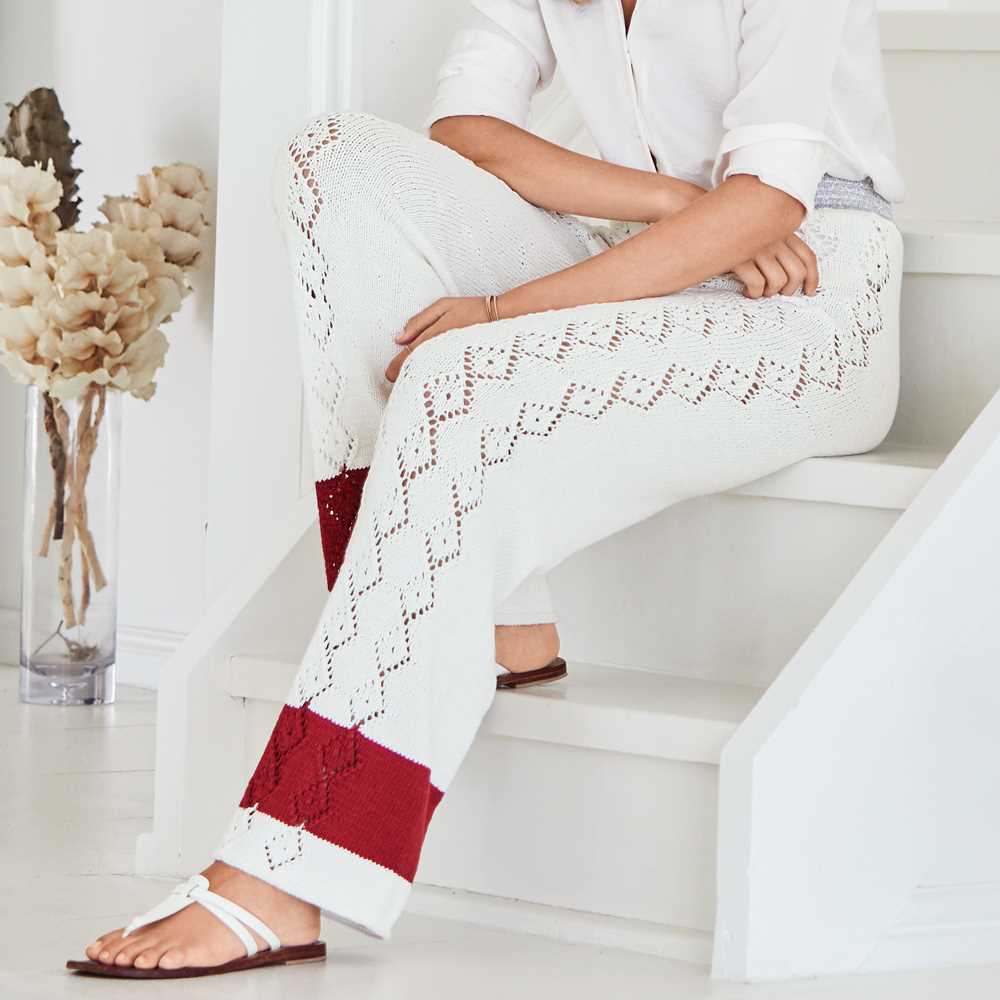
If you prefer a more hands-on approach, visiting yarn stores and craft fairs can give you inspiration for your next knitted pants project. These venues often feature displays of finished projects and samples of different yarns, allowing you to see and feel the textures and colors in person. You can also talk to experts and other knitters who may have valuable insights and recommendations.
By exploring these different sources of inspiration, you can find new ideas and techniques to incorporate into your next knitted pants project. Whether you’re an experienced knitter or just starting out, experimenting with different patterns, colors, and styles will not only help you create unique and personalized pants but also expand your knitting skills.